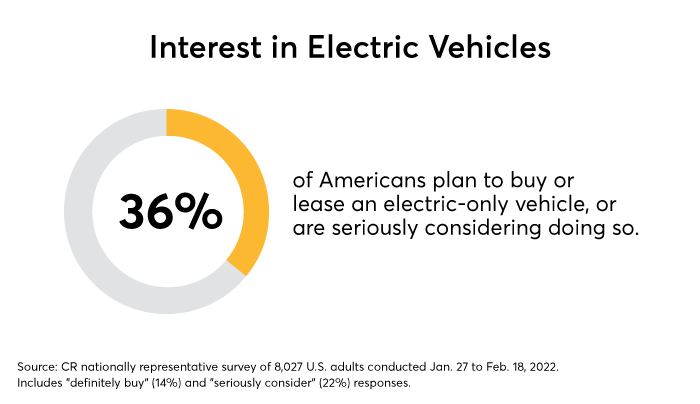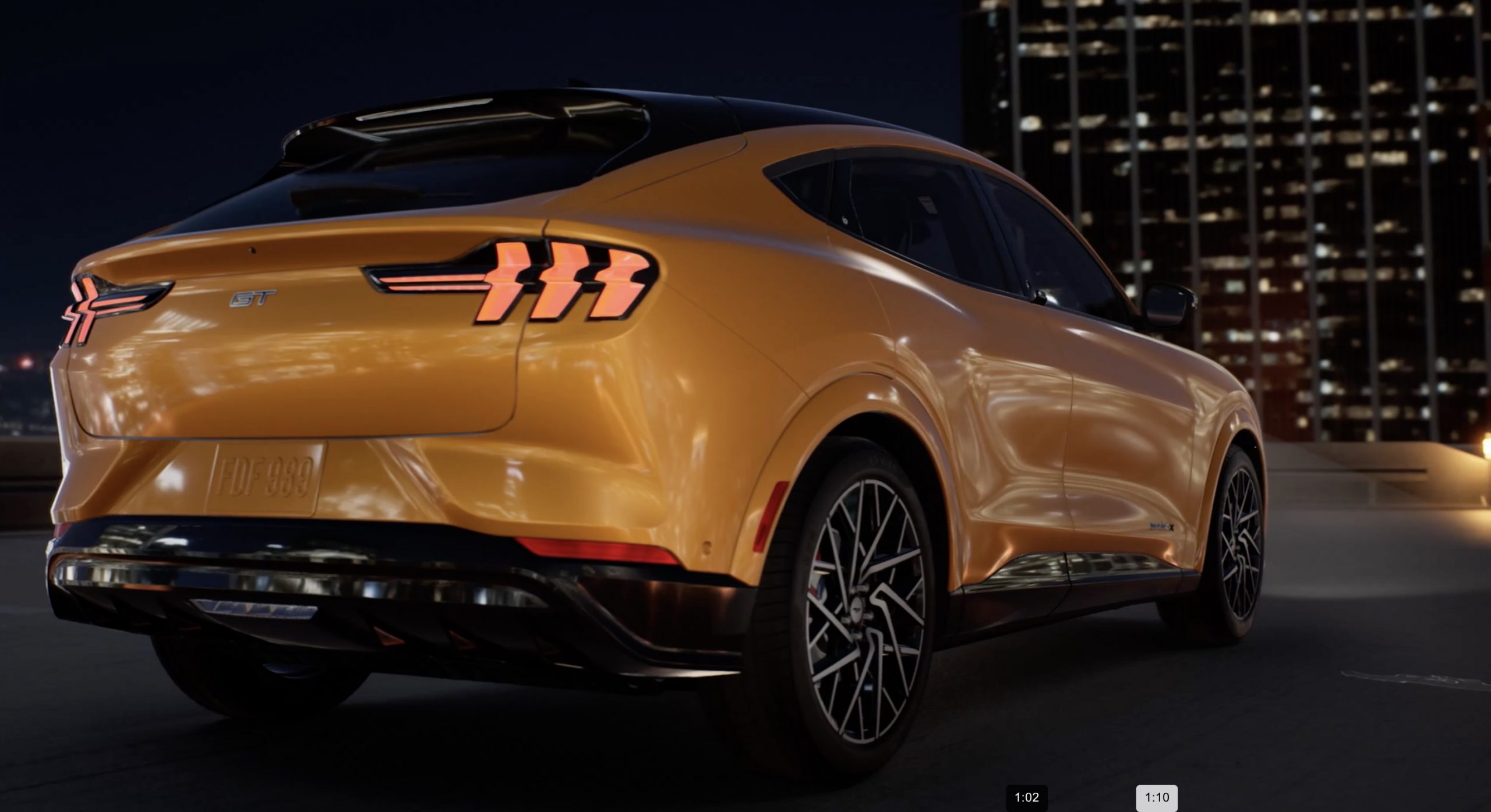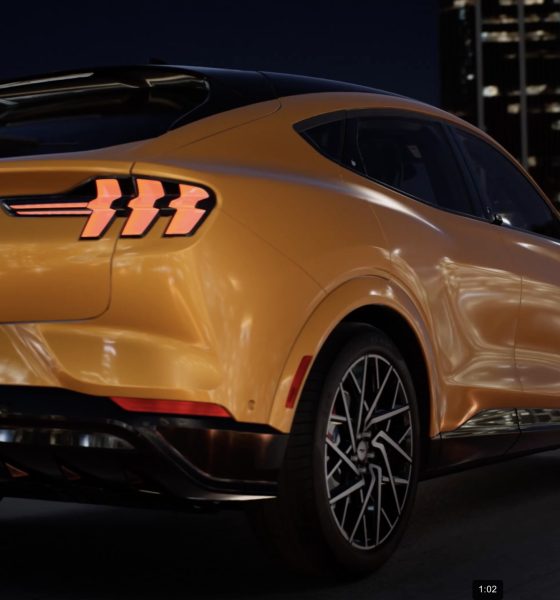Consumer Reports has released the results from its largest ever national survey, and it found that over a third of Americans are interested in buying electric vehicles.
There is reason to be optimistic about an EV future when Consumer Reports (CR) says that “36% of Americans plan to buy or lease an electric-only vehicle or are seriously considering doing so.” However, the survey of 8,027 Americans nationwide also found that people were surprisingly naive regarding the costs of EV ownership, the capabilities of the newest EVs, and even government incentives.
Of the 36% of people interested in buying an electric vehicle, the top reasons for their interest included low charging costs (33%), lower lifetime vehicle costs (31%), and lower maintenance costs (28%). Around 14% of the respondents were part of the most interested group of buyers, a group that has grown by 4% since a similar CR survey in 2020.
Compared to a Texas poll that we covered previously in Teslarati, Consumer Reports‘ poll showed a lower level of interest. They were also almost entirely focused on the cheaper cost of ownership, instead of new technologies or the environmental impact of EVs.
CR notes that data from Cox Automotive last quarter showed that EV sales rose by 76%. This seems to match sales reports from manufacturers this quarter, confirming that interest in EVs is increasing. However, CR put a unique focus on Americans uninterested in buying an EV for their next vehicle.
Unlike the Texas poll that showed that a sizable group simply preferred gas/diesel vehicles, CR did not replicate this result and found three other reasons why consumers were wary of electric cars. About 61% of those who were uninterested in EVs cited a lack of charging infrastructure, 55% cited range anxiety, and 52% said the cost of buying and or maintaining an EV was too high.

While it is unclear if the consumers surveyed were aware of current charging infrastructure or the range of newer electric vehicles, other reasons were often related to a lack of knowledge.
Most predominantly, 46% of respondents were unaware of Federal and State EV purchasing incentives, a factor that could have influenced whether they could afford an EV. Furthermore, while upfront costs for many EVs remain high, the maintenance costs of these vehicles are far lower than that of their ICE counterparts, once again showing that many consumers are unaware of the benefits of EV ownership.
On top of these facts, the demographic that was one of the most likely to be considering buying an EV was people who had either ridden in or had driven EVs within the past year. Only only 7% of respondents have driven an EV in the past year, yet these people account for over 20% of those who are interested in buying EVs. This shows that often people lack the interaction with EVs that could prove pivotal to changing their minds on whether these vehicles are viable for their personal use.
Other demographics that were more likely to buy EVs include men, younger people, people who live in urban areas, those with higher levels of education, and people with higher incomes.
The path forward is clear for auto manufacturers who want to bring more customers in to buy electric vehicles. They must address their concerns about cost, allow potential customers to test drive and experience EV charging, and make them aware of incentives that may help them purchase a vehicle. Each of these tactics will become far more important as more and more manufacturers begin offering EVs, bringing in a wider (and sometimes less knowledgeable) audience.
What do you think of the article? Do you have any comments, questions, or concerns? Shoot me an email at william@teslarati.com. You can also reach me on Twitter @WilliamWritin. If you have news tips, email us at tips@teslarati.com!

News
Tesla China quietly posts Robotaxi-related job listing
Tesla China is currently seeking a Low Voltage Electrical Engineer to work on circuit board design for the company’s autonomous vehicles.

Tesla has posted a new job listing in Shanghai explicitly tied to its Robotaxi program, fueling speculation that the company is preparing to launch its dedicated autonomous ride-hailing service in China.
As noted in the listing, Tesla China is currently seeking a Low Voltage Electrical Engineer to work on circuit board design for the company’s autonomous vehicles.
Robotaxi-specific role
The listing, which was shared on social media platform X by industry watcher @tslaming, suggested that Tesla China is looking to fill the role urgently. The job listing itself specifically mentions that the person hired for the role will be working on the Low Voltage Hardware team, which would design the circuit boards that would serve as the nervous system of the Robotaxi.
Key tasks for the role, as indicated in the job listing, include collaboration with PCB layout, firmware, mechanical, program management, and validation teams, among other responsibilities. The role is based in Shanghai.
China Robotaxi launch
China represents a massive potential market for robotaxis, with its dense urban centers and supportive policies in select cities. Tesla has limited permission to roll out FSD in the country, though despite this, its vehicles have been hailed as among the best in the market when it comes to autonomous features. So far, at least, it appears that China supports Tesla’s FSD and Robotaxi rollout.
This was hinted at in November, when Tesla brought the Cybercab to the 8th China International Import Expo (CIIE) in Shanghai, marking the first time that the autonomous two-seater was brought to the Asia-Pacific region. The vehicle, despite not having a release date in China, received a significant amount of interest among the event’s attendees.
Elon Musk
Elon Musk and Tesla AI Director share insights after empty driver seat Robotaxi rides
The executives’ unoccupied tests hint at the rapid progress of Tesla’s unsupervised Robotaxi efforts.

Tesla CEO Elon Musk and AI Director Ashok Elluswamy celebrated Christmas Eve by sharing personal experiences with Robotaxi vehicles that had no safety monitor or occupant in the driver’s seat. Musk described the system’s “perfect driving” around Austin, while Elluswamy posted video from the back seat, calling it “an amazing experience.”
The executives’ unoccupied tests hint at the rapid progress of Tesla’s unsupervised Robotaxi efforts.
Elon and Ashok’s firsthand Robotaxi insights
Prior to Musk and the Tesla AI Director’s posts, sightings of unmanned Teslas navigating public roads were widely shared on social media. One such vehicle was spotted in Austin, Texas, which Elon Musk acknowleged by stating that “Testing is underway with no occupants in the car.”
Based on his Christmas Eve post, Musk seemed to have tested an unmanned Tesla himself. “A Tesla with no safety monitor in the car and me sitting in the passenger seat took me all around Austin on Sunday with perfect driving,” Musk wrote in his post.
Elluswamy responded with a 2-minute video showing himself in the rear of an unmanned Tesla. The video featured the vehicle’s empty front seats, as well as its smooth handling through real-world traffic. He captioned his video with the words, “It’s an amazing experience!”
Towards Unsupervised operations
During an xAI Hackathon earlier this month, Elon Musk mentioned that Tesla owed be removing Safety Monitors from its Robotaxis in Austin in just three weeks. “Unsupervised is pretty much solved at this point. So there will be Tesla Robotaxis operating in Austin with no one in them. Not even anyone in the passenger seat in about three weeks,” he said. Musk echoed similar estimates at the 2025 Annual Shareholder Meeting and the Q3 2025 earnings call.
Considering the insights that were posted Musk and Elluswamy, it does appear that Tesla is working hard towards operating its Robotaxis with no safety monitors. This is quite impressive considering that the service was launched just earlier this year.
Elon Musk
Starlink passes 9 million active customers just weeks after hitting 8 million
The milestone highlights the accelerating growth of Starlink, which has now been adding over 20,000 new users per day.

SpaceX’s Starlink satellite internet service has continued its rapid global expansion, surpassing 9 million active customers just weeks after crossing the 8 million mark.
The milestone highlights the accelerating growth of Starlink, which has now been adding over 20,000 new users per day.
9 million customers
In a post on X, SpaceX stated that Starlink now serves over 9 million active users across 155 countries, territories, and markets. The company reached 8 million customers in early November, meaning it added roughly 1 million subscribers in under seven weeks, or about 21,275 new users on average per day.
“Starlink is connecting more than 9M active customers with high-speed internet across 155 countries, territories, and many other markets,” Starlink wrote in a post on its official X account. SpaceX President Gwynne Shotwell also celebrated the milestone on X. “A huge thank you to all of our customers and congrats to the Starlink team for such an incredible product,” she wrote.
That growth rate reflects both rising demand for broadband in underserved regions and Starlink’s expanding satellite constellation, which now includes more than 9,000 low-Earth-orbit satellites designed to deliver high-speed, low-latency internet worldwide.
Starlink’s momentum
Starlink’s momentum has been building up. SpaceX reported 4.6 million Starlink customers in December 2024, followed by 7 million by August 2025, and 8 million customers in November. Independent data also suggests Starlink usage is rising sharply, with Cloudflare reporting that global web traffic from Starlink users more than doubled in 2025, as noted in an Insider report.
Starlink’s momentum is increasingly tied to SpaceX’s broader financial outlook. Elon Musk has said the satellite network is “by far” the company’s largest revenue driver, and reports suggest SpaceX may be positioning itself for an initial public offering as soon as next year, with valuations estimated as high as $1.5 trillion. Musk has also suggested in the past that Starlink could have its own IPO in the future.










